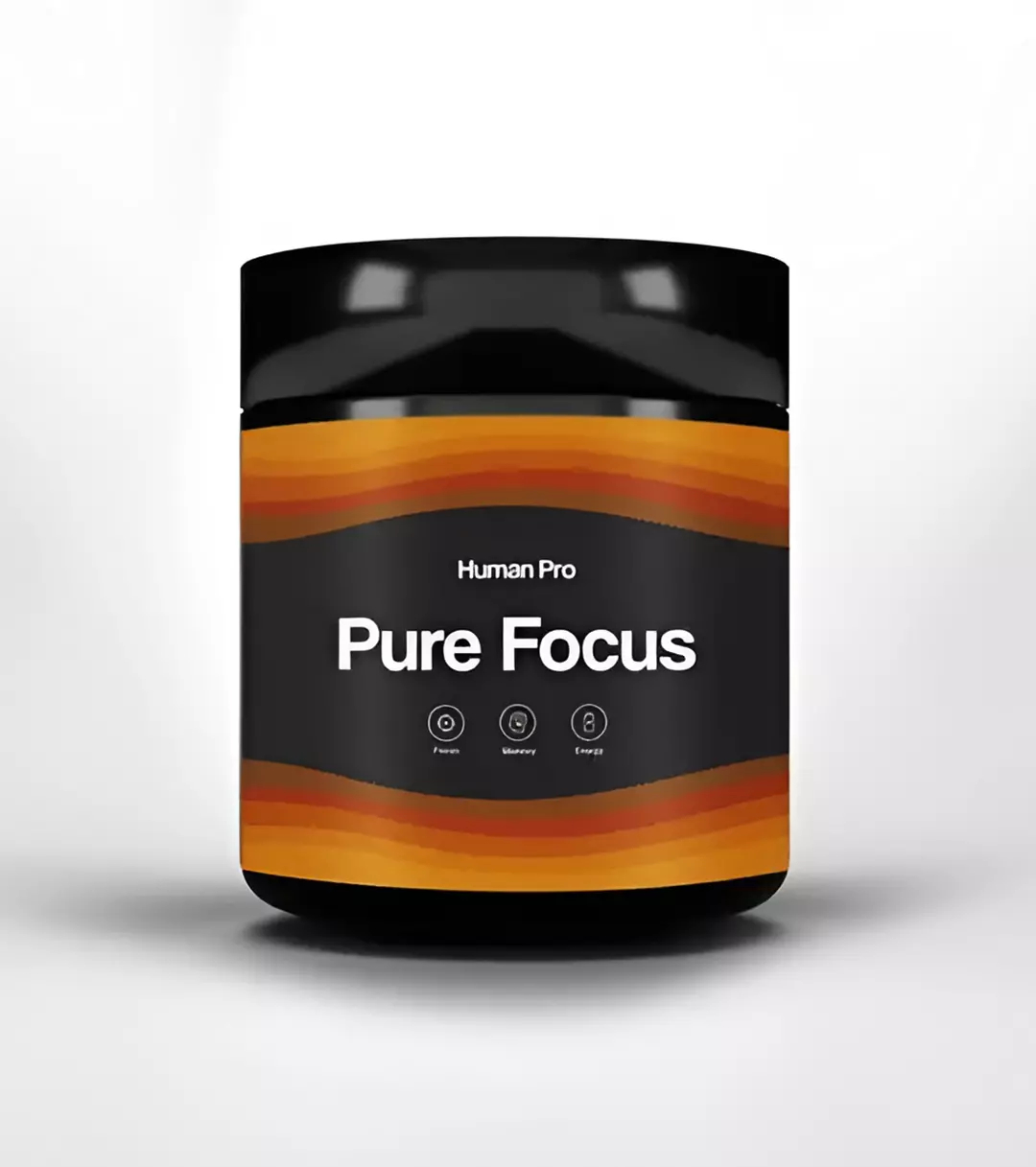Reduce Anxiety Once and For All
When members ask to join our Facebook community, they must answer this question: What interests them most about the practice of microdosing?
From these answers, I can see how many people are looking for ways to manage and/or reduce their levels of anxiety.
I can honestly say that when I was younger and this word was becoming more and more ubiquitous, I could not understand what it meant or how it felt.
These days, it almost feels like anxiety is in the water we drink.
And yes, I too am now very familiar with this overwhelming emotion.
Defining Anxiety
Anxiety is a natural human response to stress or perceived threats. It is a complex emotional state characterized by feelings of unease, apprehension, or fear.
Anxiety can manifest as physical symptoms, such as increased heart rate, shortness of breath, restlessness, and muscle tension.
It can also affect our thoughts and behaviors, leading to excessive worry, difficulty concentrating, irritability, and avoidance of certain situations.
In short, it’s an internal alarm.
Sometimes the alarm is louder than at other times.
Often, the alarm seems to not have a specific cause or trigger, and most difficult of all, we don’t always know how to turn down the volume or shut it off altogether.
From not knowing what it felt like to now being very well acquainted with this pernicious feeling, I’ve learned some techniques to help mitigate anxiety.
Ready?
Good, read on.
3 Simple and Accessible Techniques
My main go-to techniques are the physiological sigh, NSDR yoga nidra, and cold water exposure.
At the end of this article, I will also touch upon the insights from Dr. Russell Kennedy, and Dr. Andrew Huberman, including the potential impact of psilocybin on the amygdala, a brain region associated with anxiety.
1. The All-Powerful Physiological Sigh
The Physiological Sigh is probably the most accessible and profound way to immediately reduce anxiety.
Two inhales through the nose and then exhale.
The first inhale fills the lungs and the second inhale sips just a little more than we are accustomed to.
Then, we exhale through the mouth for longer than the two inhales. The longer the exhale in comparison to the two inhales creates a drop in heart rate and soothes our vigilance center aka, turn down the alarm.
Follow this guided instruction on how to perform the Physiological Sigh here.
Dr. Russell Kennedy, in his book “Anxiety Rx.” explains that the physiological sigh engages the parasympathetic nervous system, inducing a state of calm that can counterbalance anxiety.
Moreover, Dr. Andrew Huberman’s research on breath and anxiety highlights the significance of slow, deep breaths in calming the nervous system and reducing anxiety levels.
I cannot encourage you enough to begin incorporating the physiological sigh into your daily routine. It can be done anywhere, anytime, and it works FAST!
2. Peace from Yoga Nidra
Yoga Nidra aka NSDR (Non-Sleep Deep Rest) is a mindfulness-based practice that aims to calm the mind and promote deep relaxation.
The default mode network (DMN) is a network of brain regions associated with self-reflection, rumination, and anxiety.
By engaging in NSDR Yoga Nidra, we access calmer brain wave states that are similar to a good night’s sleep in a short amount of time and with a certain level of predictability.
Dr. Russell Kennedy emphasizes in “Anxiety Rx” that NSDR Yoga Nidra offers a valuable approach to anxiety management.
By cultivating a non-judgmental awareness of our thoughts and emotions, we create space for relaxation and develop resilience in the face of anxiety.
Additionally, Dr. Andrew Huberman’s work on the brain and relaxation techniques underscores the power of guided visualization and body scans, integral components of NSDR Yoga Nidra, in calming the nervous system and reducing anxiety.
3. Bring on the Ice Man
Cold water exposure is intentionally immersing ourselves in very cold water for a short amount of time.
It may seem counterintuitive, but it can have remarkable effects on mental state.
The ambassador for this movement is wholly attributable to the infamous Wim Hof.
Cold water exposure, whether through cold showers, ice baths, or swimming in cold water, activates the body’s stress response, leading to a release of endorphins and heightened alertness.
The cold shock proteins triggered during cold water exposure can help reset the nervous system and reduce anxiety.
Dr. Andrew Huberman’s research on stress and anxiety highlights the role of cold water exposure in triggering the release of neurotransmitters that positively impact mood and reduce anxiety.
Cold water exposure serves as an invigorating technique, interrupting anxious thought patterns and redirecting attention to the present moment, providing temporary relief from anxiety.
Countless individuals rely on cold water immersion to feel more resilient and in some cases, people say they feel invincible.
When we can intentionally immerse in very cold water and stay there for a few minutes, the challenges of the day ahead truly pale in comparison.
Psilocybin and the Internal Alarm Bell
The effects of psilocybin on the amygdala are an area of ongoing investigation, preliminary studies suggest that psilocybin may modulate amygdala activity.
We have thus far seen fMRI brain scans that show how psilocybin reduces activity throughout the brain.
This reduction in overall activity may also include the amygdala aka our vigilance center.
To quote another research article:
“Results showed decreased ventromedial prefrontal cortex-right amygdala functional connectivity during face processing post- (versus pre-) treatment”
Linking the amygdala to psilocybin is currently inconclusive at best which is why I’ve included 3 other excellent techniques and practices that you can try immediately.
I love hearing your stories, experiences, and questions.
Be sure to comment below and share your thoughts.
Be sure to catch me for some one-on-one time in our Facebook group and Discord channel.
As always, flow strong.
Asha ✨






2 Comments. Leave new
I am so in agreement! I love Huberman Lab, I listen to all his quite intelligent factual podcasts. I starten a Replenishment Circle, to help healers heal by healing themselves. Our practice consists over physiological sigh first, then a metta meditation then savasanah. We are all, myself also, calm and rejuvenated after this. The sigh we do until we yawn. I do this sometimes 6 times a day, depending on how high my anxiety levels are. Very cool to read your take on this here. And absolutely also love psylocybine and it’s connection affects. Thank you for this blog! It makes my resolve stronger.
Oh Marcella, I LOVE this!
Could not agree with you more that healers also need so much care in order to keep them healthy and replenished.
Interesting approach to do the sigh until yawning is triggered. That is fascinating and also makes a lot of sense. Yawning is vagus nerve release, as you probably know and I love that you connected the two…it never occurred to me until now.
Please continue to keep us posted on your journey and your progress 🙏🙏